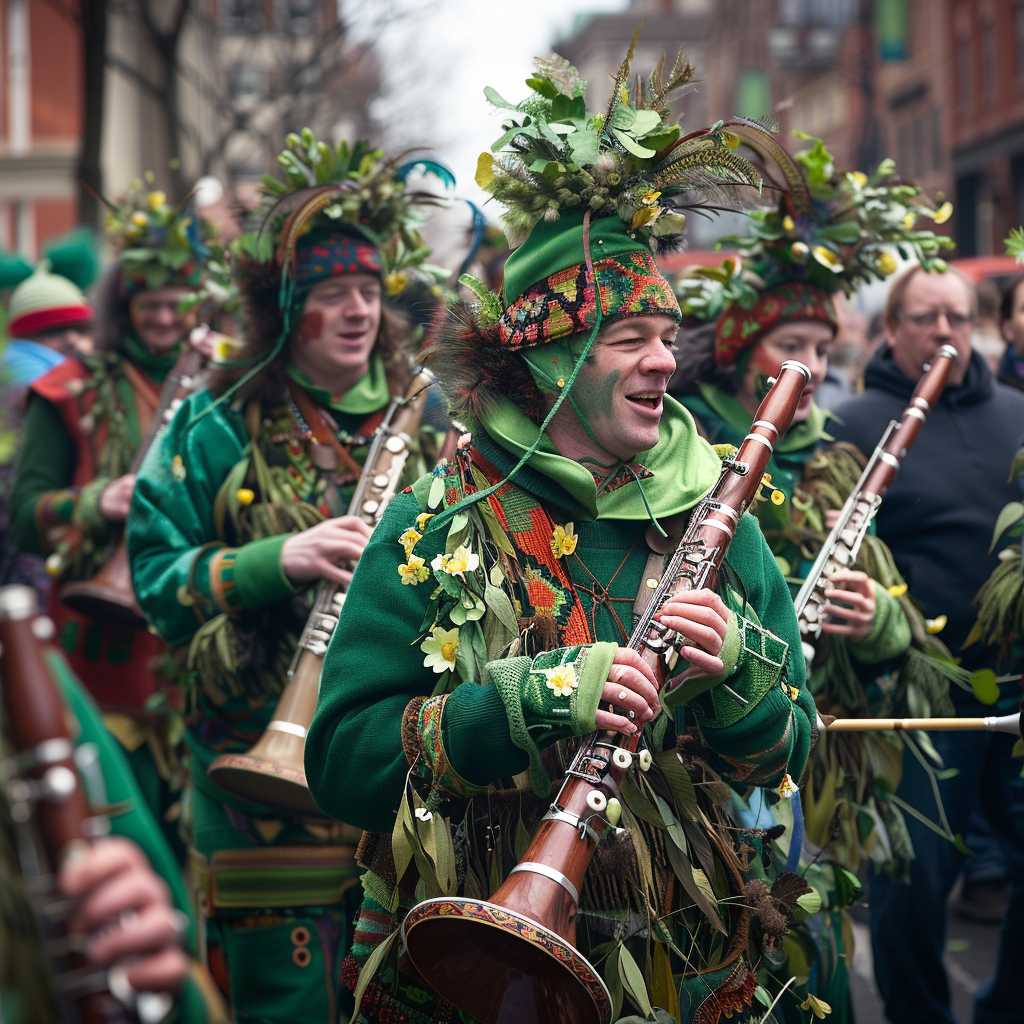The Significance and Global Celebration of Saint Patrick’s Day
Saint Patrick’s Day, colloquially known as St. Paddy’s Day, is observed annually on March 17th, commemorating the death date of the foremost patron saint of Ireland, Saint Patrick. Originally a religious feast day in the 17th century, it has evolved into a variety of festivals across the globe featuring music, dancing, special foods, and a whole lot of green. The day serves as a tribute to Irish culture for those with Irish heritage and beyond. St. Patrick’s Day celebrations have become a display of solidarity and enjoyment, transcending cultural boundaries.
Historical Background of Saint Patrick’s Day
Saint Patrick: The Man Behind the Legend
Saint Patrick was a 5th-century Romano-British Christian missionary who is credited with converting the island of Ireland to Christianity in the face of formidable challenges during that era. Despite the propagation of various legends surrounding his life, such as the fable that he banished snakes from the island, the most enduring symbol associated with Saint Patrick is the shamrock. This three-leaved plant was reputedly used by Saint Patrick to illustrate the concept of the Holy Trinity to Irish pagans.
Establishment of the Feast Day
The day of Saint Patrick’s death, March 17th, was codified into the Catholic Church calendar as a holy day of obligation for Irish Catholics and has been observed by Catholics around the world ever since. Its religious significance includes attending mass or service where the faithful remember Saint Patrick and the arrival of Christianity in Ireland.
Evolution into a Cultural Phenomenon
Over time, Saint Patrick’s Day has metamorphosed into more than just a religious observance; it underscores Irish nationalism and pride in one’s heritage. With millions of Irish immigrants spreading across the world, particularly to countries like the United States, Canada, Australia, and parts of Latin America, they carried with them their practices and traditions, including St. Patrick’s Day festivities.
Global Celebrations and Traditions
Green Everywhere: Attire and Decorations
A distinctive feature of St. Patrick’s Day is the wearin’ o’ the green—where individuals adorn themselves in various shades of green, attributed symbolically to Ireland, known as “The Emerald Isle,” for its lush greenery. Buildings, rivers, and even alcoholic beverages are turned green to align with the theme.
Parades and Public Festivities
Many cities host large parades boasting floats, musicians, dancers, and marching bands. These public gatherings demonstrate both communal honor for Irish tradition and contemporary expressions of diverse cultures coming together.
Festive Foods and Drinks
A culinary tradition that often accompanies St. Patrick’s Day is the consumption of corned beef and cabbage by many Americans. However, this dish is more of an Irish-American innovation rather than a true import from Ireland. Guinness stout—originating from Dublin—is ubiquitously consumed as well.
Music and Dancing
Traditional Irish music sessions and ceilidhs (kay-lees), which are social gatherings featuring folk music and dancing, are commonplace during these celebrations.
Events Beyond Ireland
While Dublin hosts a grand festival attracting attendees from all over the globe, other major cities like New York City hold their own renowned St. Patrick’s Day parades. Sydney often illuminates its Opera House in green lights, while Chicago dyes its river green as part of an extended urban tradition. Across many parts within these nations and regions worldwide, local communities organize events touching upon artistry inherent to Irish customs.
Notes
Image Description: A parade on St. Patrick’s Day with participants dressed in vibrant green costumes playing traditional musical instruments while crowds wearing green hats and clothing line up along the streets cheering them on.

